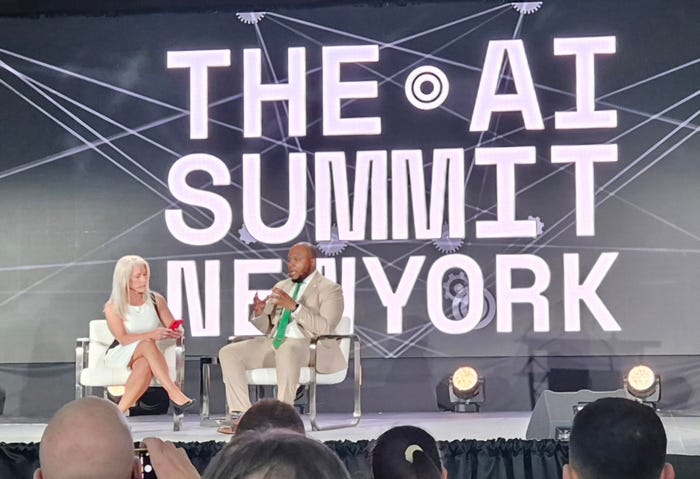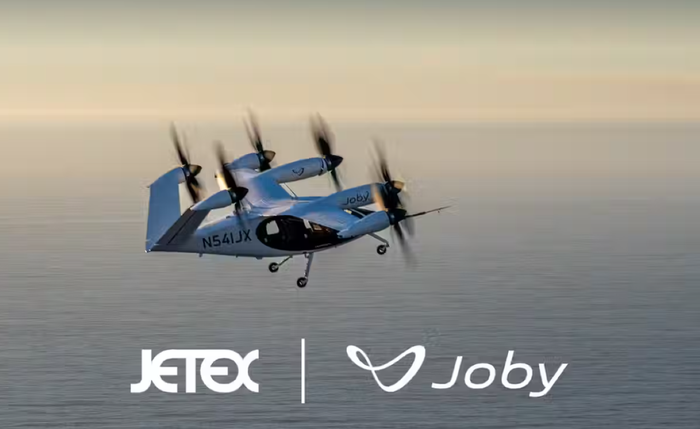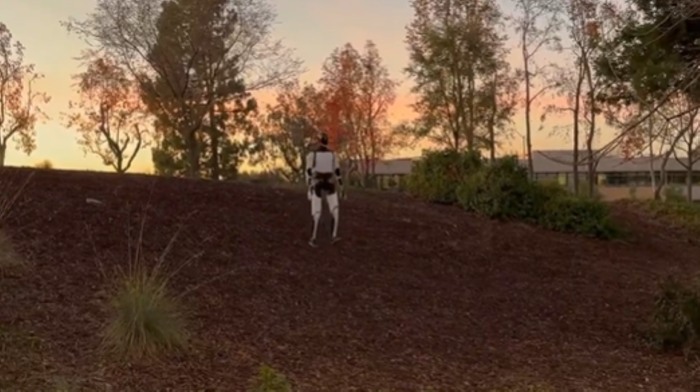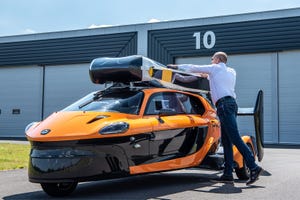Cruise Self-Driving Vehicles Return to Phoenix Roads
Operations resume in Arizona, with human drivers behind the wheel for now
.jpg?width=1280&auto=webp&quality=95&format=jpg&disable=upscale)
Cruise’s self-driving taxis are back on the road again.
The General Motors subsidiary confirmed in a blog post that it had resumed “manual operations” in Phoenix, Arizona – essentially data gathering activities with human drivers at the wheel.
It’s the most significant step yet taken by Cruise since it suspended all operations following the Oct. 2 accident in San Francisco that had such dramatic repercussions for the company.
In the incident, a pedestrian was dragged along the road for 20 feet by one of its autonomous vehicles (AVs) after being struck by a human-driven car.
Its licenses to operate were removed after it was accused of presenting “an unreasonable risk to public safety” and it subsequently decided to halt all operations across the United States.
Now, though, it is taking its first tentative steps toward resuming driverless operations, one city at a time.
The blog post explained: “As we continue working to rebuild trust and determine the city where we will scale driverless, we remain focused on continuing to improve our performance and overall safety approach.
“To that end, Cruise is resuming manual driving to create maps and gather road information in select cities, starting in Phoenix.
“This work is done using human-driven vehicles without autonomous systems engaged and is a critical step for validating our self-driving systems as we work towards returning to our driverless mission. This will help inform where we ultimately will resume driverless operations.”
Cruise has previously operated in Phoenix and the city has gained a reputation for being supportive of the AV industry, with Waymo in particular establishing itself as a significant player there.
Given this supportive environment, it was always likely to be a safe place for Cruise to get its show back on the road, rather than a return to California. In San Francisco, it became an increasingly polarizing presence, to the extent that the city attorney actually tried to stop Cruise’s rollout there.
The blog also detailed the specifics of what the Cruise vehicles will be doing in Phoenix. The company said it aimed “to create high-quality semantic maps and gather road information to ensure future operations meet elevated safety and performance targets.”
The first step toward this is for its AVs to collect data on the likes of speed limits, stop signs, traffic lights and right turn-only lanes, with drivers at the wheel. This methodical approach will pave the way for supervised autonomous driving in future, and ultimately, Cruise hopes, driverless operations.
The same process will be repeated in “multiple cities” as Cruise gradually attempts to scale again, and the blog also says there will be extensive communications with community leaders and first responders – an acknowledgement that the company upset emergency services in San Francisco.
The blog concludes by pledging that “safety is the defining principle for everything we do” – the conciliatory tone reflective of Cruise’s revised approach after an independent report into the company’s response to the October incident blasted it for its “fundamental misapprehension” of its “obligations of accountability and transparency to the government and the public.”
About the Author
You May Also Like








